Control of Synchronous Motors
Synchronous motors are indubitably the most effective device to drive industrial production systems and robots with precision and rapidity. Their control law is thus critical for combining at the same time high productivity to reduced energy consummation. As far as possible, the control algorithms must exploit the properties of these actuators. Therefore, this work draws on well adapted models resulting from the Park’s transformation, for both the most traditional machines with sinusoidal field distribution and for machines with non-sinusoidal field distribution which are more and more used in industry. Both, conventional control strategies like vector control (either in the synchronous reference frame or in the rotor frame) and advanced control theories like direct control and predictive control are thoroughly presented. In this context, a significant place is reserved to sensorless control which is an important and critical issue in tomorrow’s motors.
{{comment.content}}
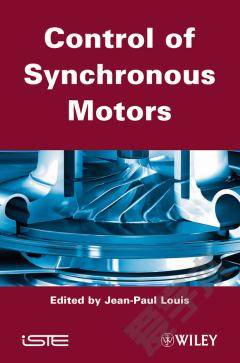

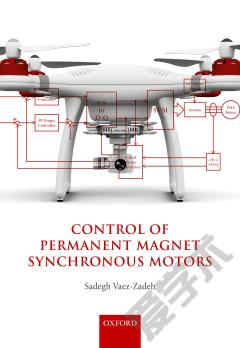
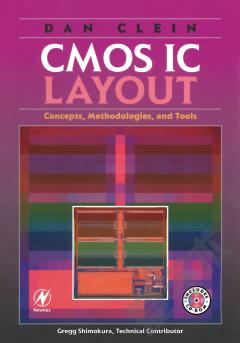
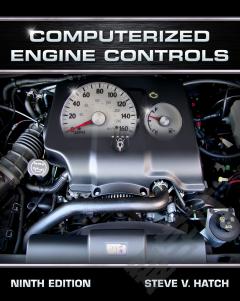
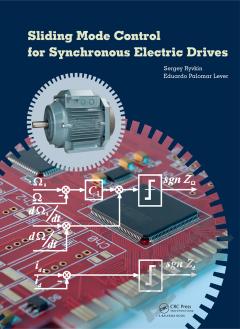
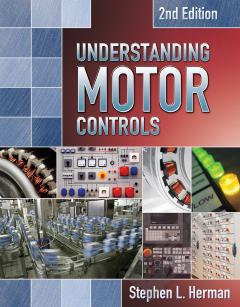

 京公网安备 11010802027623号
京公网安备 11010802027623号